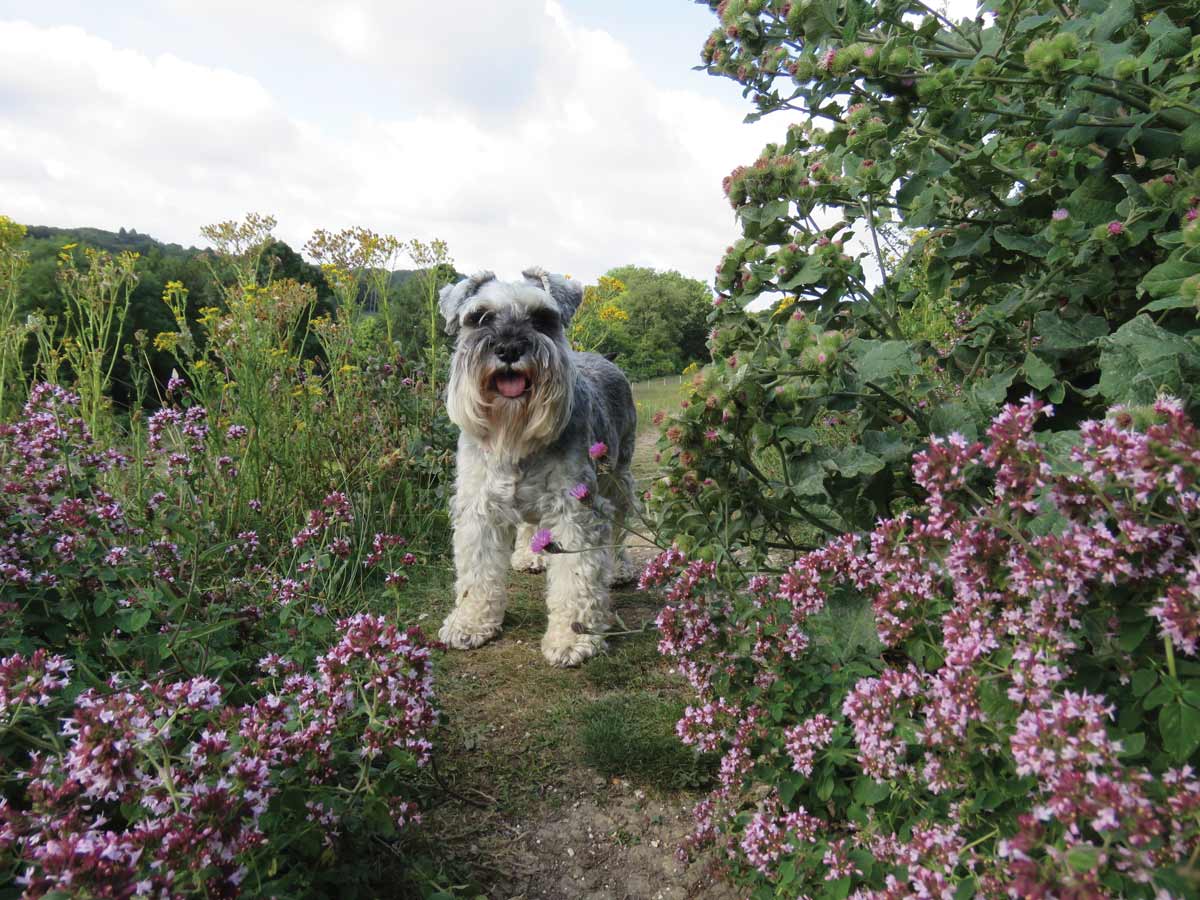
With patience and training, you can have the best of both worlds: a pet to share the backyard with and beautiful landscaping and gardens. Photo: Chris Y, Unsplash
The arrival of spring will undoubtedly inspire us to get outside and once again enjoy our gardens and backyards. Many of us will do so in the company of a new family member – a dog. No doubt, new pet parents are already having nightmares about the havoc their new companions could wreak in their beautiful flower beds, vegetable garden or pristine lawn. Relax! There are ways for pets and gardens to coexist!
I’ve often heard it said, “Get a dog and there goes the garden!” That does not need to be the case. As you’ll see, there are ways to adapt your yard and garden for your four-legged buddy. A relatively new arm of landscaping – dogscaping – provides a way to keep everyone happy, as it involves identifying potential problems, eliminating hazardous plants (more on that next month), being creative and employing green solutions.
- First, however, you must acknowledge and/or accomplish the following:
- If you have established gardens and/or are planning to share the entire yard with your pet, you must accept the fact that you will need to make adjustments.
- Having a dog means giving up perfectionism and learning forgiveness. (Even Martha Stewart agrees with this!)
- Let’s assume obedience training and socialization are a given.
- Try to think like your dog and anticipate his or her needs.
- Here are my advice and solutions for keeping everyone happy.
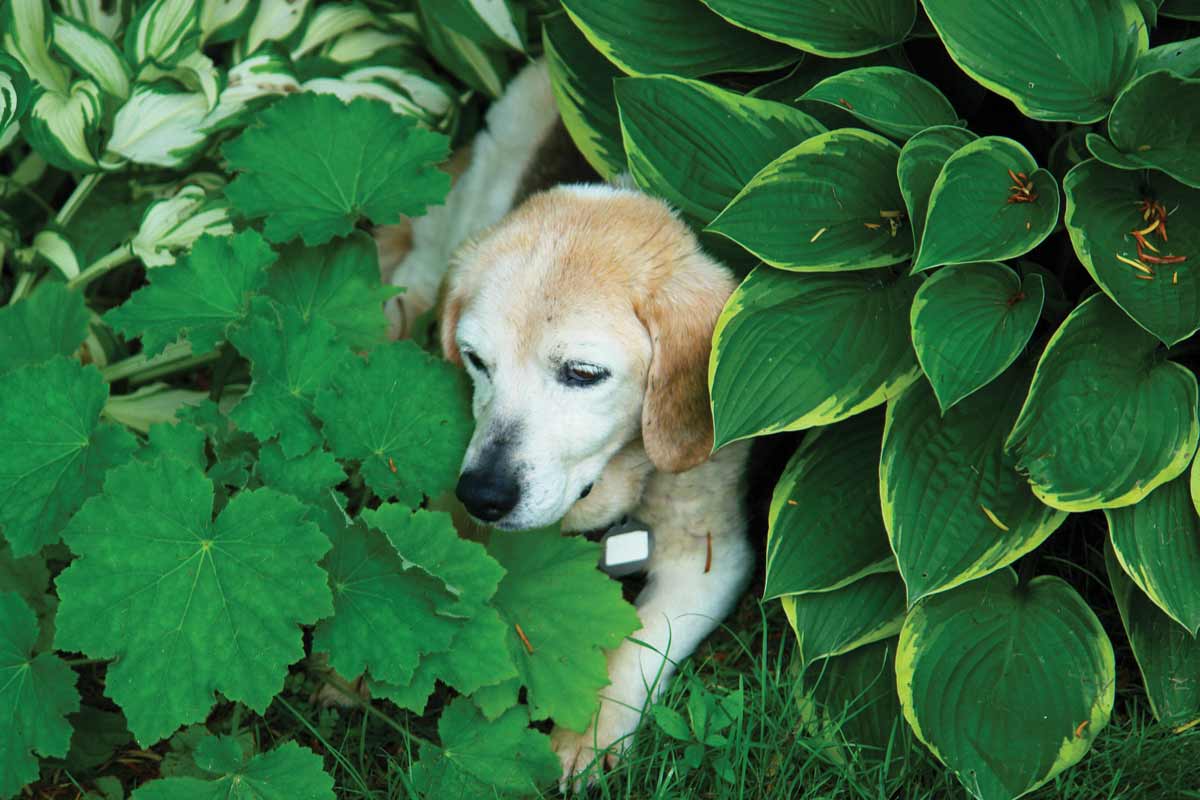
Having a dog means giving up perfectionism and learning forgiveness where gardening is concerned. Photo: Richard L. Bitner
Fencing
Regardless of the breed, you will need a fence if you want to safely let your dog run and play off-leash in your yard. (Most municipalities have ordinances/fines regarding roaming or escaped dogs.) In general, a fence that the dog can see through is best – it’s less stressful for most dogs if they can see outside their enclosures. The gate should have a secure latch and preferably be self-closing. A lock is also essential.
In a larger yard or country property where fencing is not practical, installing an “invisible” electronic fence might be a sensible solution. (In my case, the goal was to keep the dogs out of nearby farm ponds.) Additionally, the underground wires can be placed around herbaceous borders or anywhere off-limits to your pet. The system is relatively simple: The dog wears a collar that gives a high-pitched warning beep and then a harmless shock if ignored.
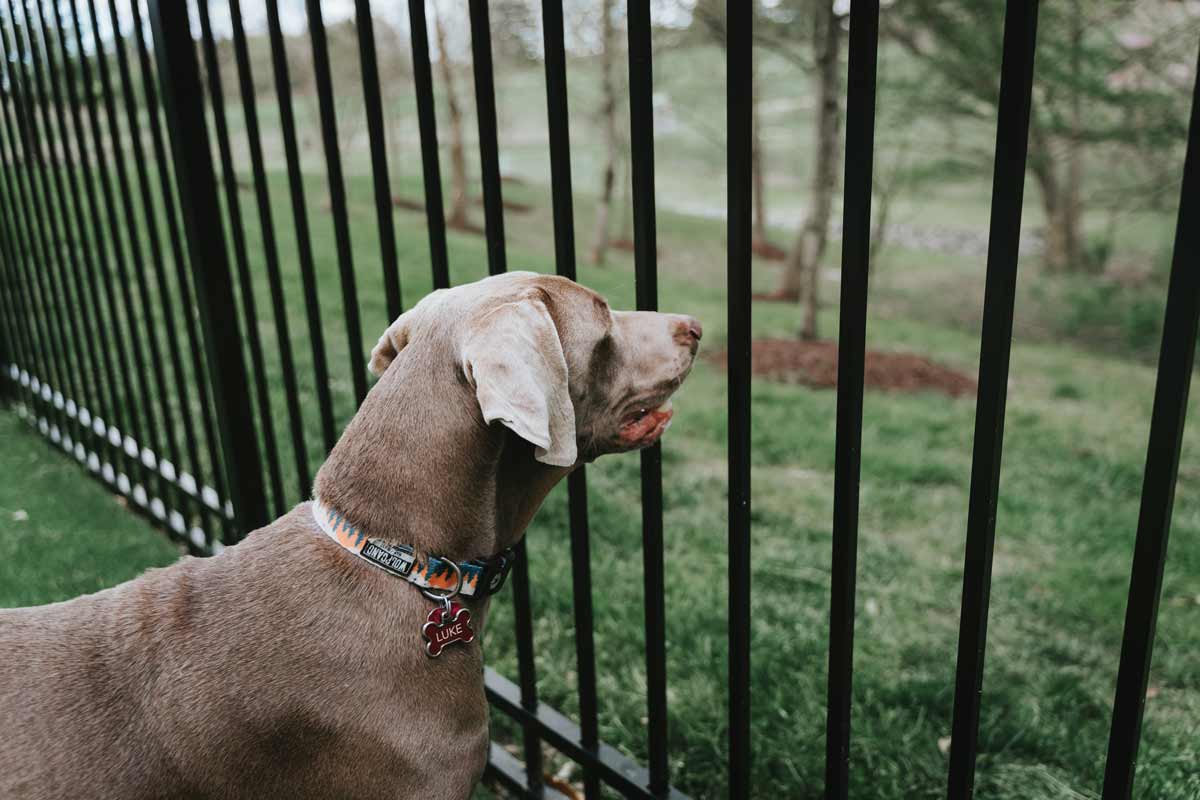
Dogs will be more content in a backyard that is surrounded by a fence that allows them to see through it. Photo: Tatiana Rodriguez, Unsplash
Usually a swimming pool is already surrounded by fencing; if your dog is a swimmer, make sure it’s high enough to prevent him/her from jumping over it.
A common mistake – because of not thinking like the dog – is to establish flower beds adjacent to the inner side of the fence that surrounds your yard. Dogs are territorial and will walk the boundary. There go your plants! One gardener solved that problem by fencing in her “garden area” within the greater fenced-in yard.
Paths
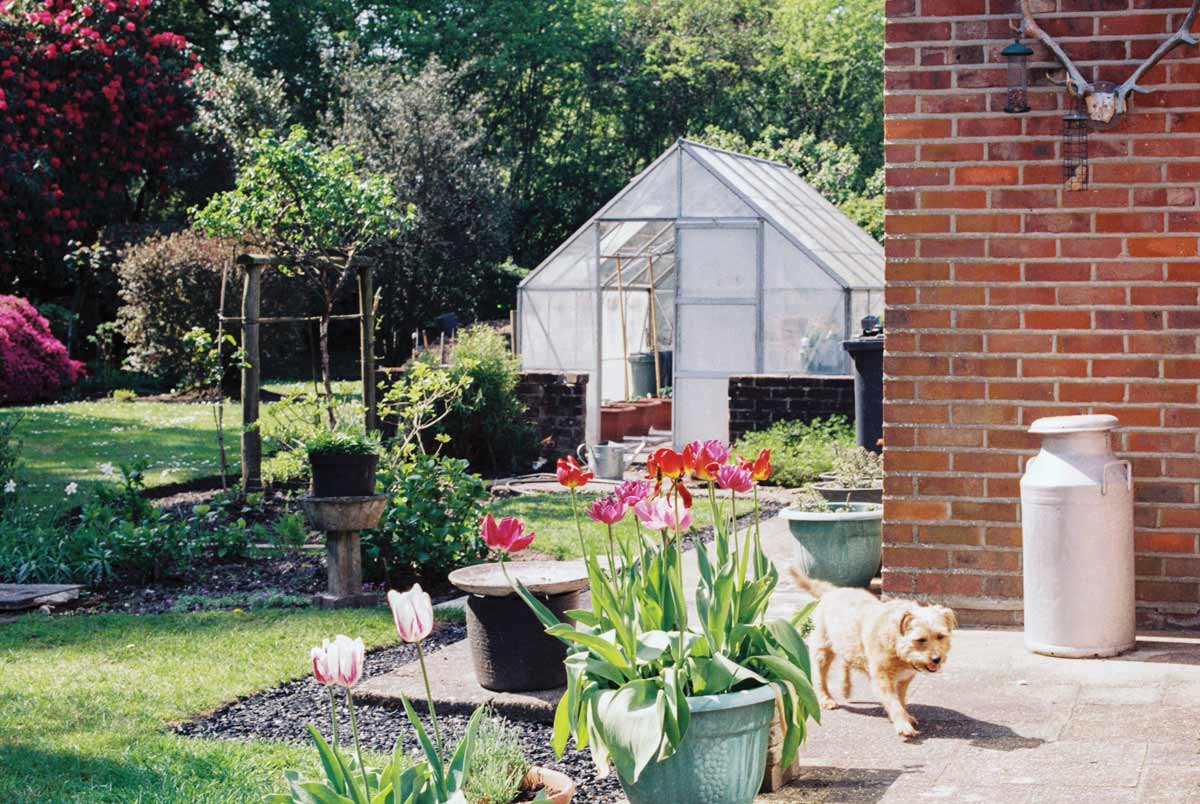
Dogs are creatures of habit and will create and follow pathways through a garden. Photo: Annie Spratt, Unsplash
Ideally, you can establish paths within the garden that will provide movement patterns around the beds for your dog. (If your dog has already established his or her own path, forget about redirecting it.) Mulch the paths with pine bark chips or gravel. Never use cocoa-bean hulls. The sweet smell of the cocoa mulch is attractive to curious dogs, which is risky because the shells contain varying amounts of two compounds that are toxic to dogs: caffeine and theobromine.
Shade
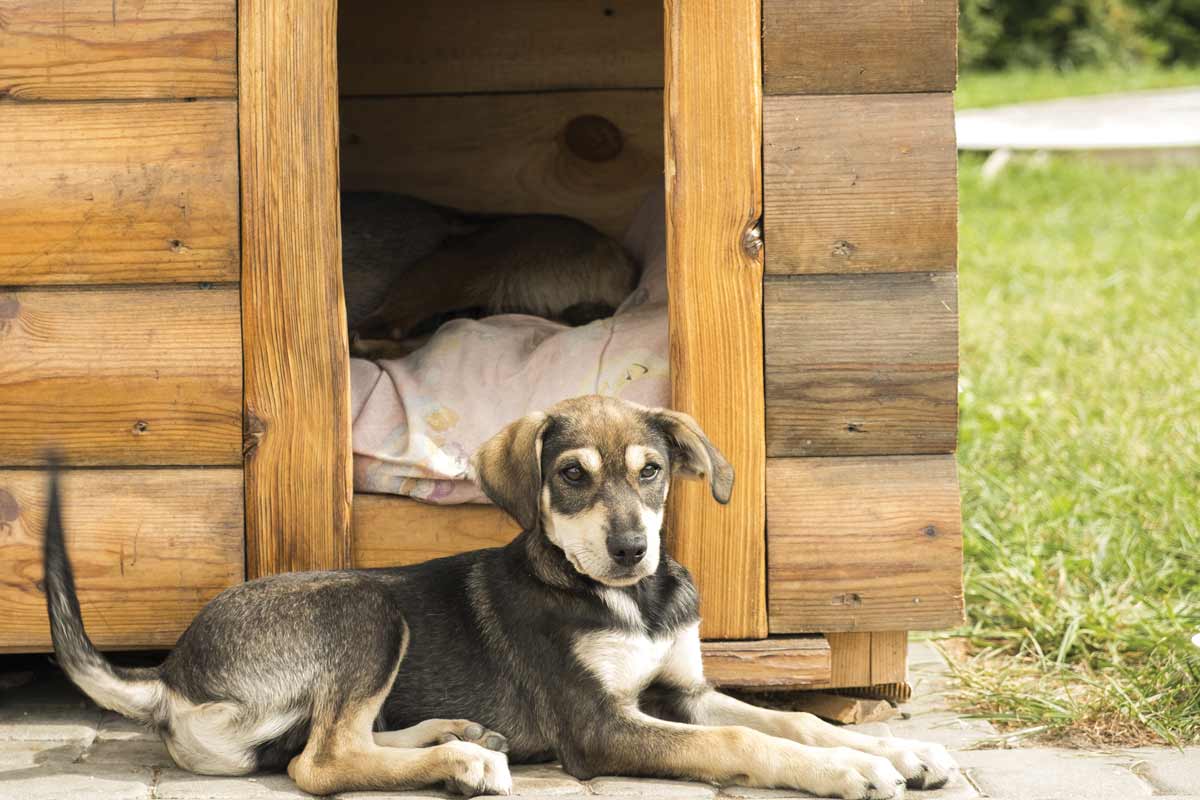
While dogs love to bask in the sun, they also must have access to shade and shelter when they spend time outdoors on warm afternoons. Photo: BigStock
Remember that while dogs love to bask in the sun, they also overheat easily. There should always be a structure or area where your furry friend can find shade and shelter. Obviously, a source of fresh drinking water is also essential.
Chemicals/Toxins
If you must fertilize, keep the dog away from the area while it is fresh. Remember, the “organic” fertilizer blends will contain fish byproducts and blood meal that might not be harmful in small quantities but can cause stomach upset. Obviously, chemical pesticides can be just as toxic to your four-footed pal as it is to the intended target. Store all these products in a secure place.
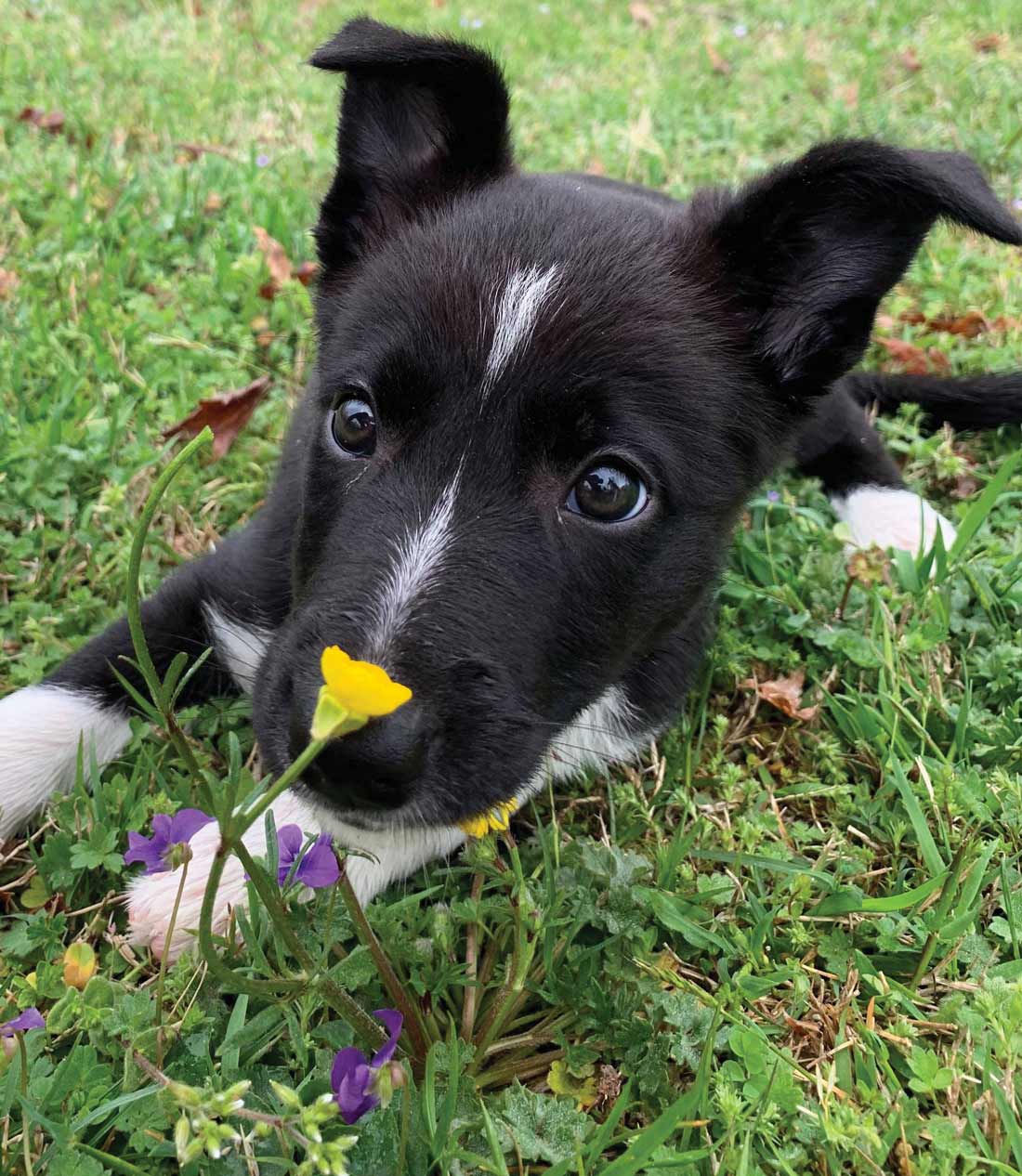
The use of toxins/chemicals should be kept to a minimum. They also should be locked away. Dogs and compost don’t mix either.
One recommendation is to spray both precious and tempting plants with vinegar. It is a natural deterrent because of its pungent smell and strong taste. It will have to be reapplied on a regular basis but as a bonus it will also deter aphids and squash bugs.
Also, be sure your compost pile is secure. The mycotoxins that are created as a result of the compost breaking down can make a dog very ill and even cause death.
Elimination
Female dogs tend to squat and empty their bladders completely in one spot. Male dogs are more likely to move about an area as a way to mark their territory. From the first day, establish a specific area in the yard where your dog can relieve itself. Perhaps you could situate a designated stump or other post in that area. Surround it with bricks, flagstone, gravel or chips that can be easily cleaned. Teach the dog to eliminate there and nowhere else. Trainers say to expect the learning process to take about three weeks for a puppy and longer for an adult dog. They emphasize that immediate positive reinforcement works well. Scolding does not.
If the dog urinates on your prized turf and a watering can or hose is handy, you can immediately remedy the incident by dousing the area with water. Sure.
Another approach is to switch to a different, more robust grass that holds up better to wear and tear. One recommendation is Buffalo Grass, a native grass of the Great Plains. It is quite tolerant of a range of conditions and establishes with seed, sod or plugs. As an extra bonus, the care of Buffalo Grass is minimal and mowing is infrequent. In the GJ series on turf (Vol. 32, No. 2, June 2018, pp. 52-54), I recommended planting clover lawns as your green-carpet alternative to grass. Clover does not “stain” the way grass does after being subjected to urine.
Digging
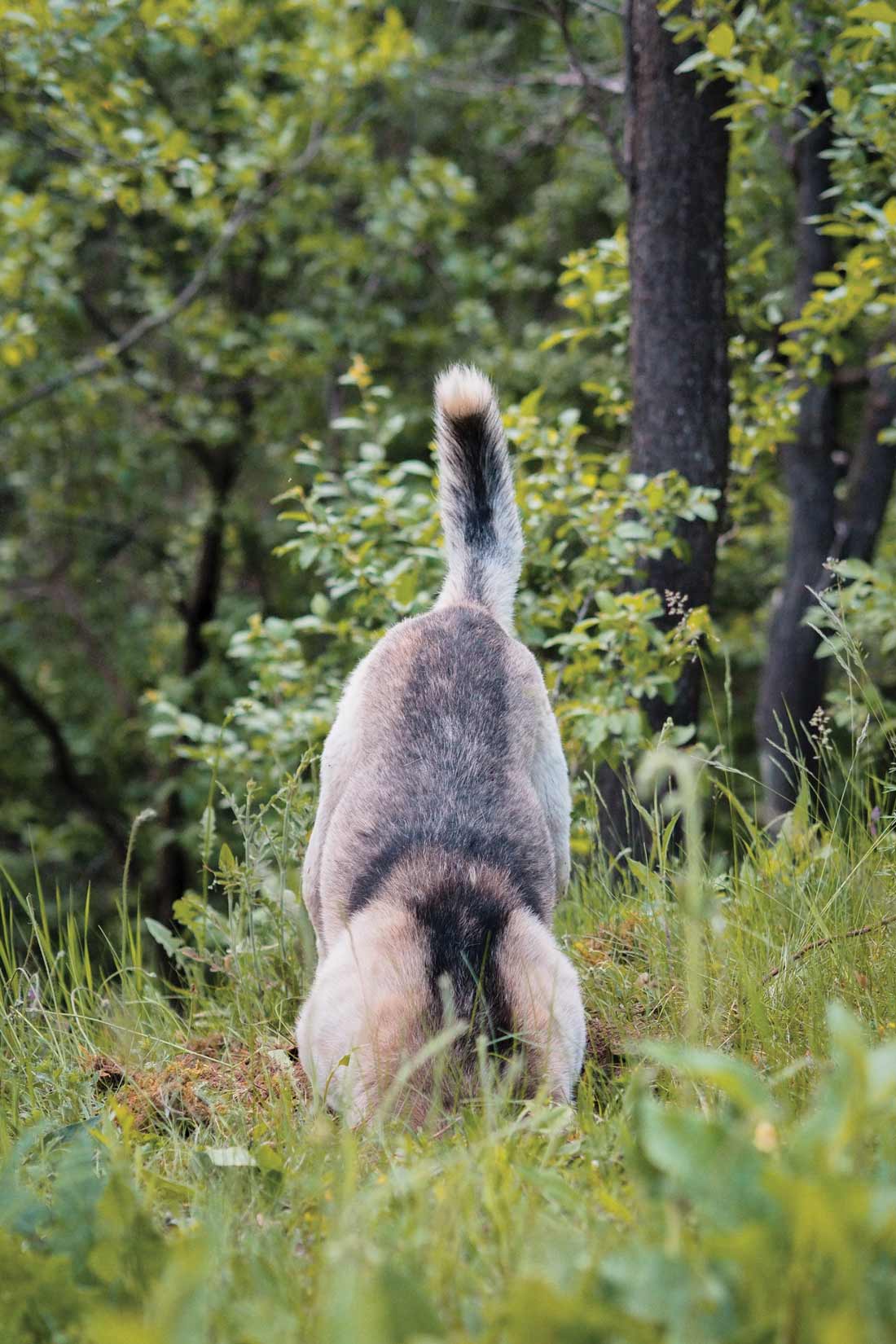
Digging comes naturally to dogs. One way to preserve your gardens and lawn is to provide dogs with areas in which they can dig to their hearts’ content. Photo: Lawerence Chrismorie, Unsplash
Whether your garden is a vest-pocket-sized urban retreat or a large rural one, these days you’re likely spending a lot of time and effort in it growing shrubs and flowers you love. It has to be acknowledged that dogs can be quite hard on them, even destructive. Any dog that is left outside on its own without supervision and stimulation will get into mischief. Some dog breeds are particularly inclined to be hard on gardens.
Or, you could give in to a dog’s desire to dig. One gardener set up a digging pit – a sandbox in a shady area – where her terrier could dig to his heart’s content. She would bury bones and interesting items in the pit to get the dog started.
Play Time
Be sure to stock specific areas of the yard or the deck with toys and “puzzles” that will help keep your dog entertained, stimulated and well-exercised from both a physical and mental standpoint. Dogs will also benefit from positive activities and behaviors rather than ones that control what they can’t do or where they can’t go. If your circumstances permit, dogsports such as agility, dock diving, lure coursing, etc. are very helpful in channeling energy.
By following these suggestions, you and your dog will be able to relax and coexist in your garden.
Do Your Homework
According to the American Pet Products Association, 12.6 million households in America welcomed new pets between March and December 2020. If you’ve decided this is the year you will get a dog, I’d encourage you to take the time to study the habits of the breeds that are of interest to you. As you deliberate over which breed or mixed-breed to go for, be aware there are several to be wary of if keeping a nice garden is a priority. Remember: every breed has certain personality characteristics that can give you insight into what behaviors you must expect. You will need to work with them and not against them.
Terrier Group
Jack Russell. Cute, confident and stubborn, this is a terrier that does not like to be told what to do. Originally bred in the early 19th century by the Rev. John Russell for fox hunting, the terrier was later used to control populations of rats and rabbits in England. The Jack Russell has the ability to jump five times its height and can dig up vast areas of a garden in short time.
Border Terrier. Great fun and full of confidence, they were originally developed in Northeast England in the early 18th century to protect sheep from predators such as foxes and to hunt small rodents. They will quickly put a landscape into disarray going after a rabbit or squirrel.
Other Terrier Breeds: Remember the word terrier comes from Latin and means “earth dog.” Cousins of Toto that are vigilant in their investigation of the underground include Cairn terriers, fox terriers and the largest, the Airedale terrier.
Working Group
Siberian Husky. Large, mischievous and full of energy, their owners must be prepared to give them lots of exercise and mental stimulation. Expect them to dig as they search for a cool spot when they are hot. (In Siberia, they had to dig to find food or shelter). When they are bored, they are known to dig, rip up plants and climb fences. One owner shared that her yard was turned into a moonscape by her husky.
Malamute. An Alaskan that needed to dig in the snow to keep warm but will also dig on a hot summer day to stay cool.
Herding Group
Australian shepherds, border collies and other high-energy breeds in the herding group will create their own work when lacking stimulation. These highly intelligent dogs are not couch potatoes; they need consistent mental stimulation and physical exercise. They are the stars of dogsports such as agility.
Hound Group
Dachshund. Irresistible, but they have those short legs for a reason – dachies were bred to hunt badgers that live in underground tunnels. While it’s doubtful you have badgers living in your yard, your dachie will nevertheless find a reason to make his own tunnels.
Beagle. Here, I speak from experience. I had beagles for decades. Jolly and loving, they are also crafty! They never lack for something to do when left alone, like digging up moles, eating plants and finding their way under a fence. But, they are oh-so-easy to forgive!

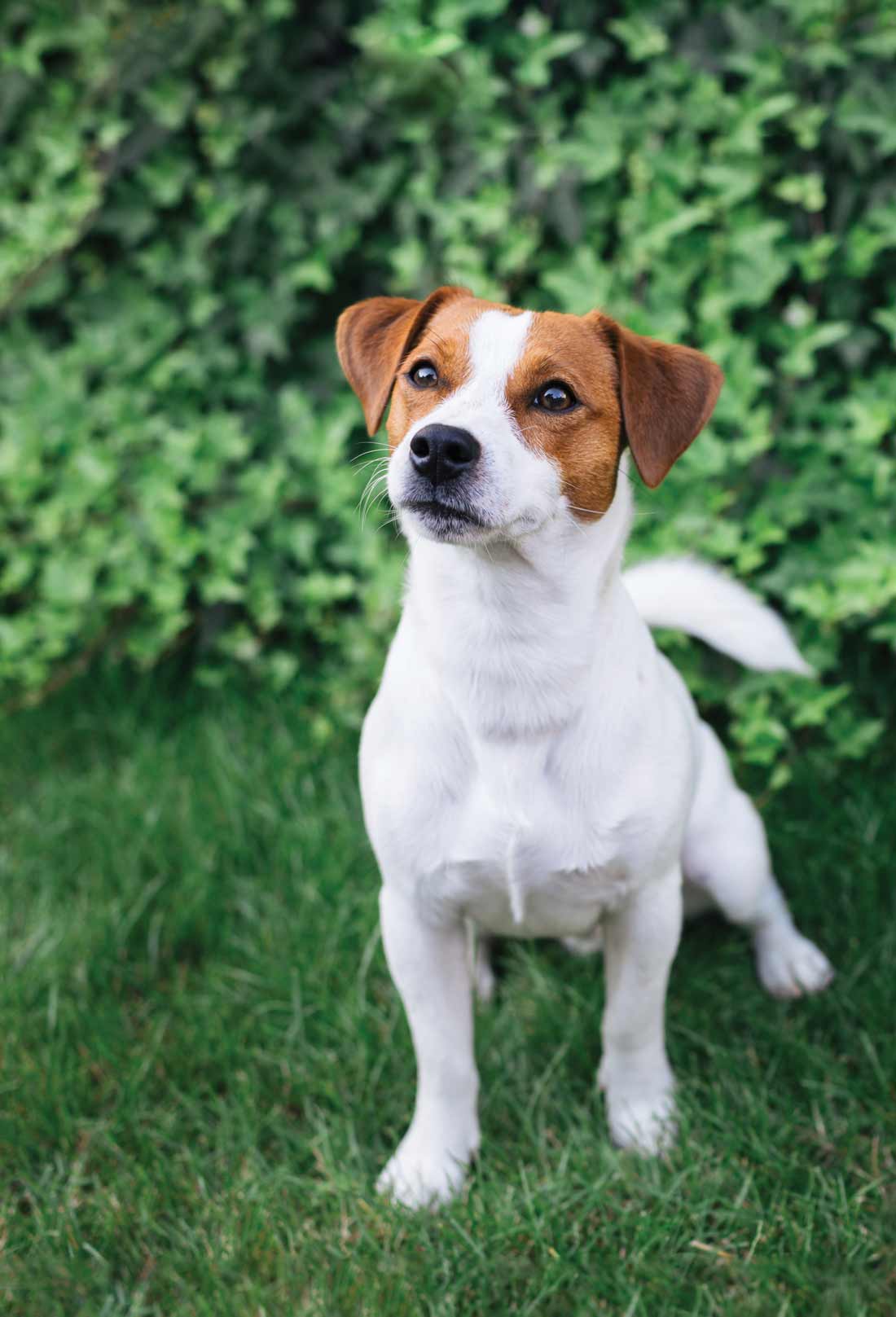
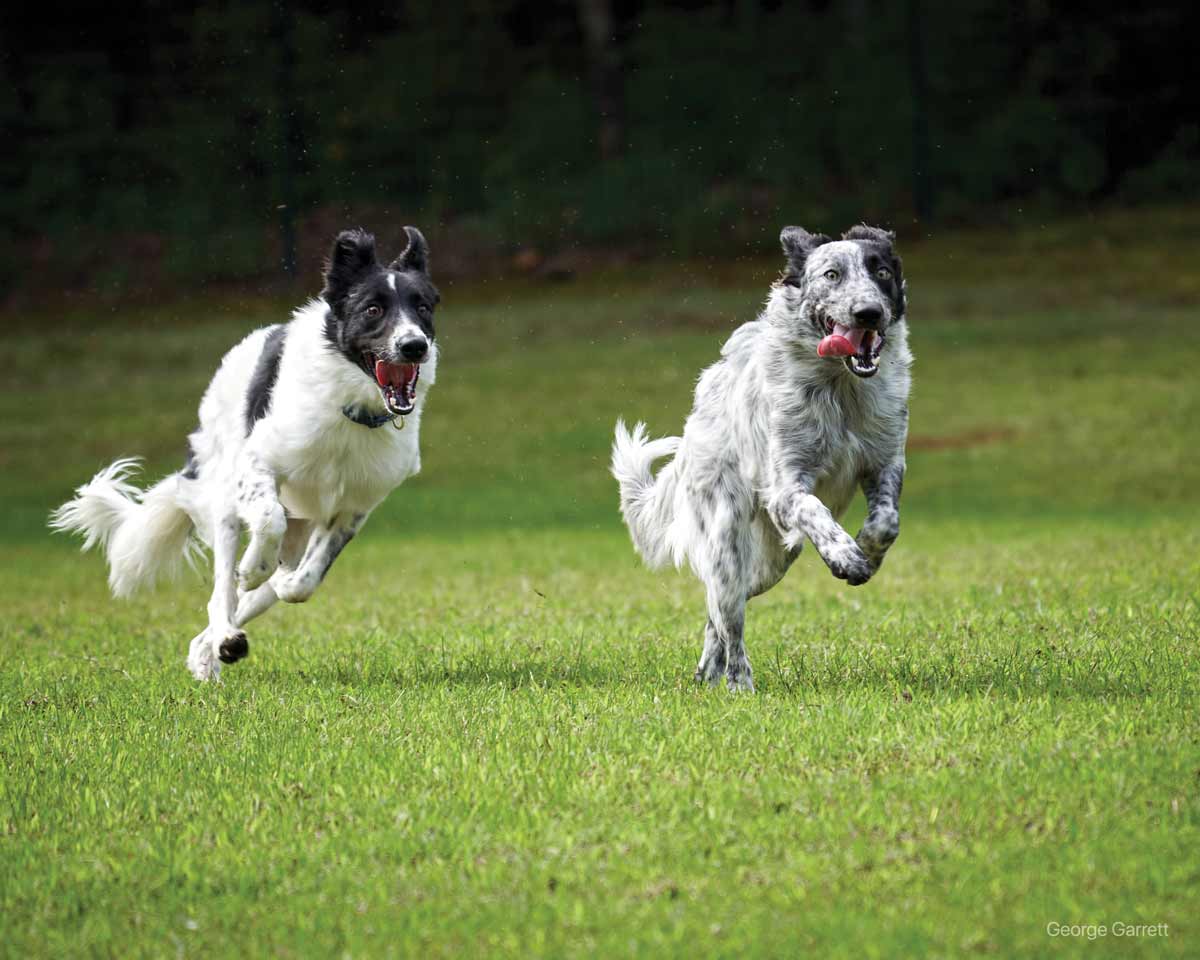
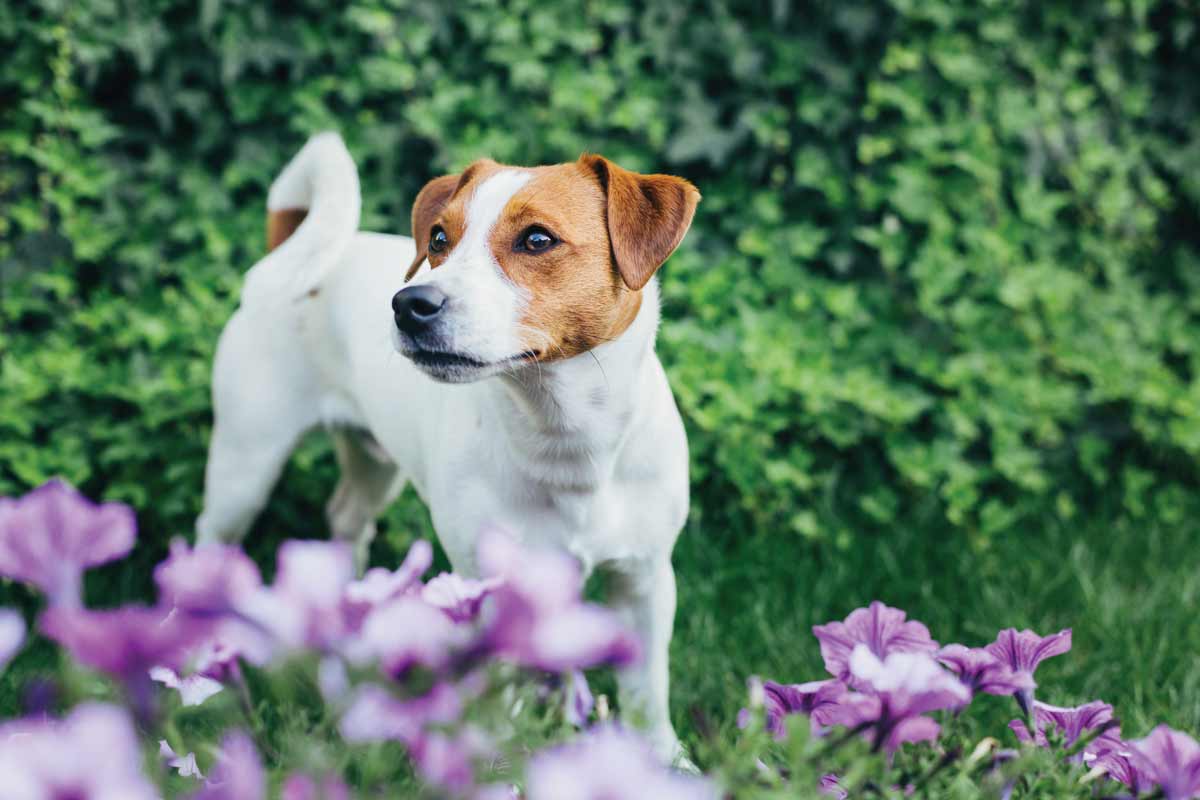
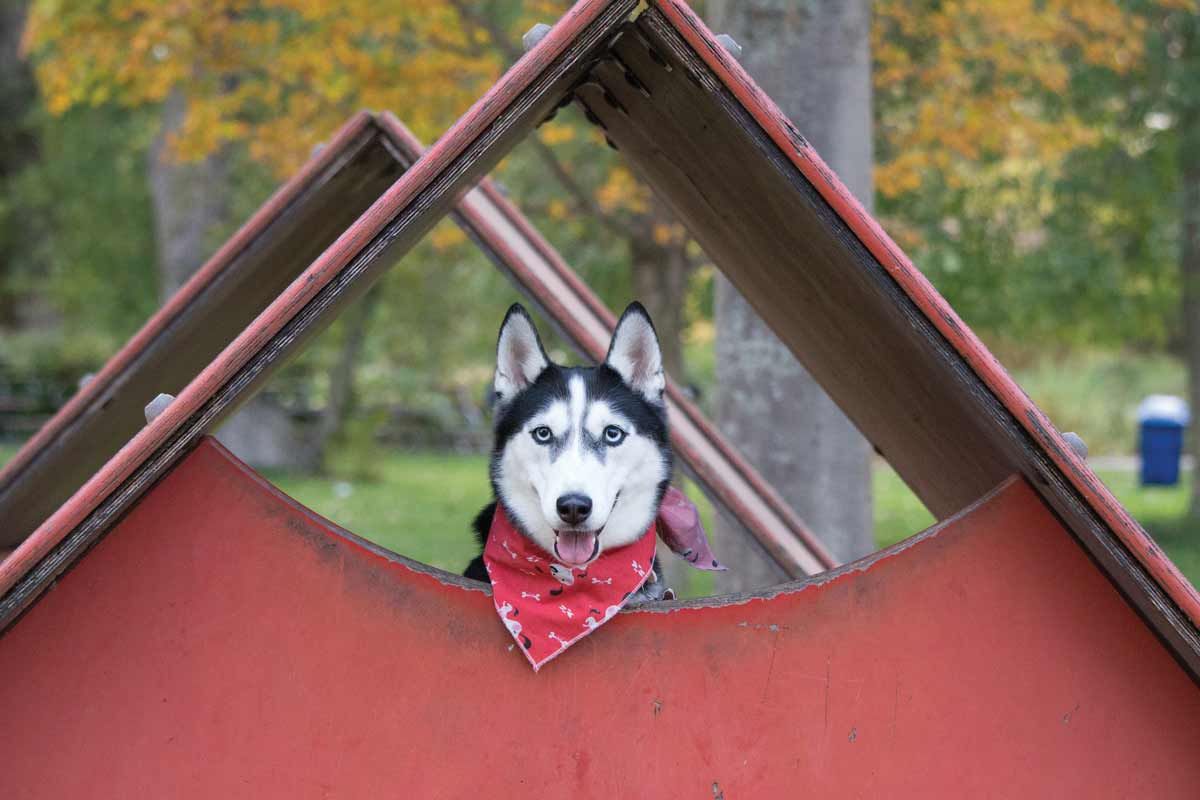
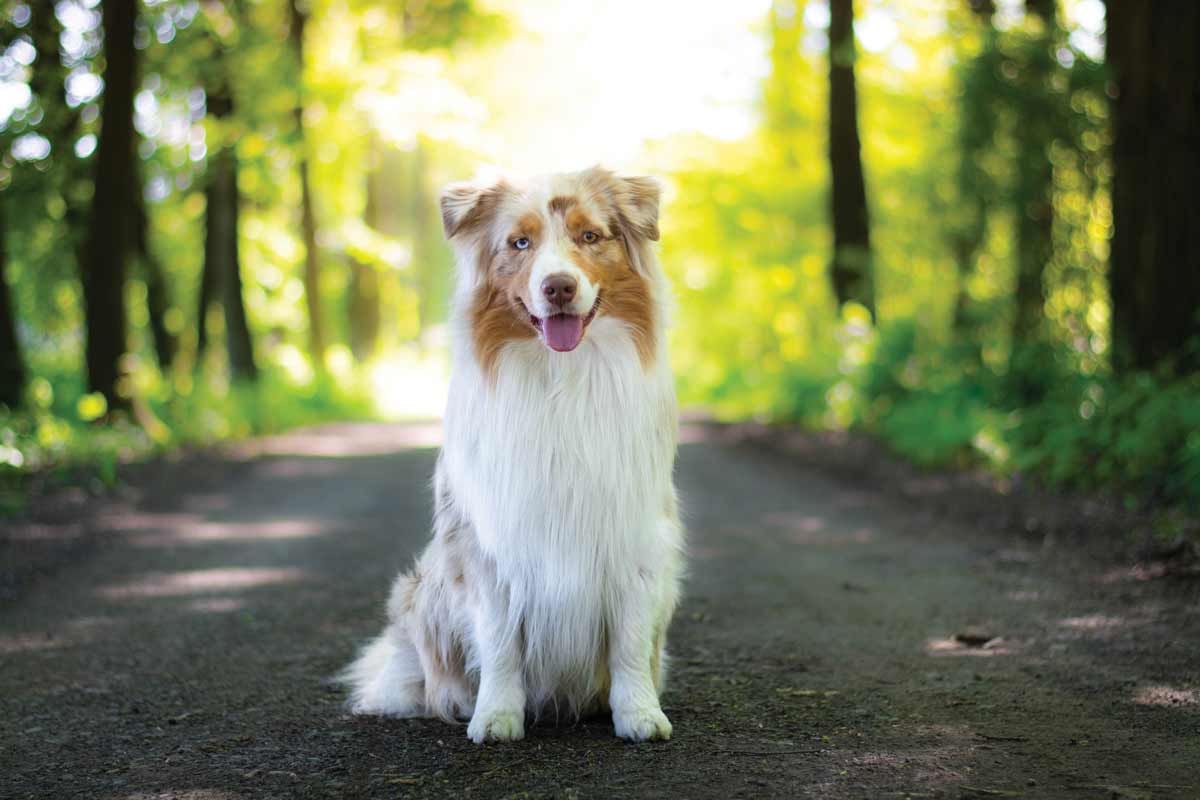
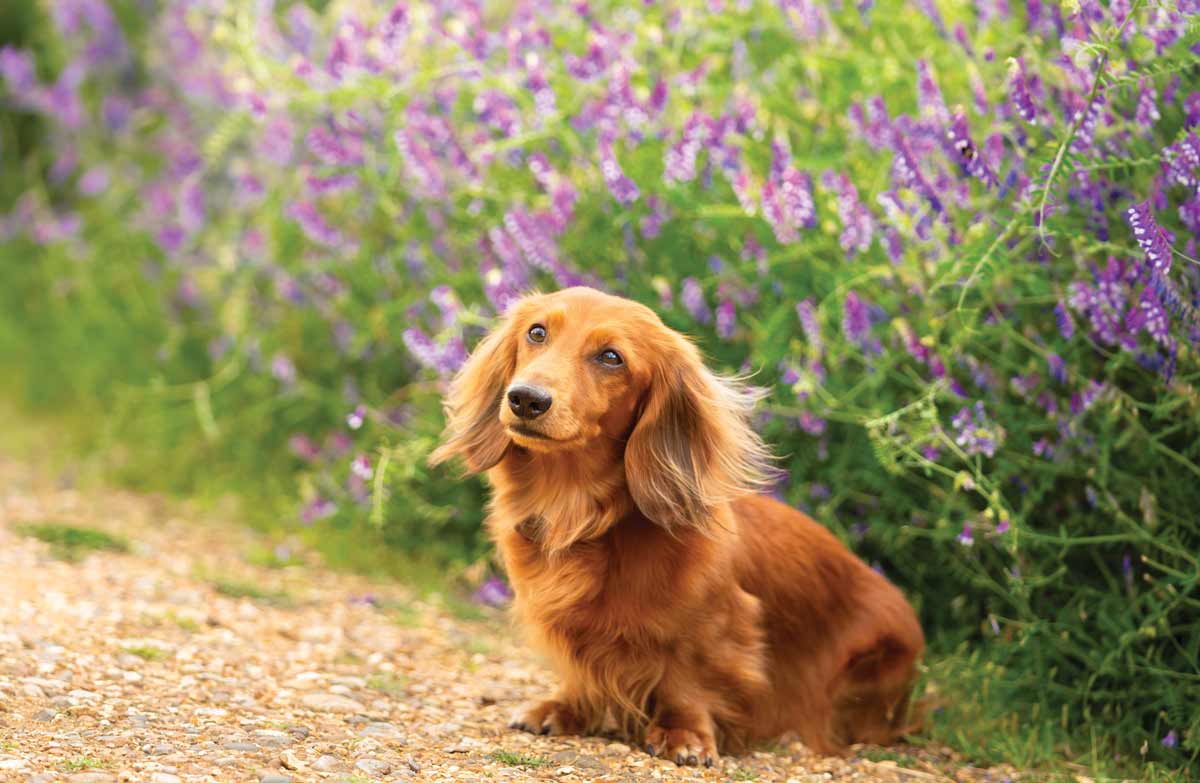
Leave a Reply